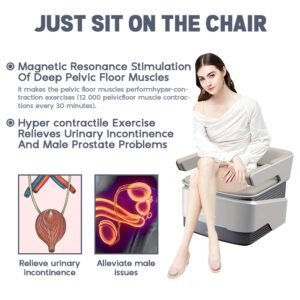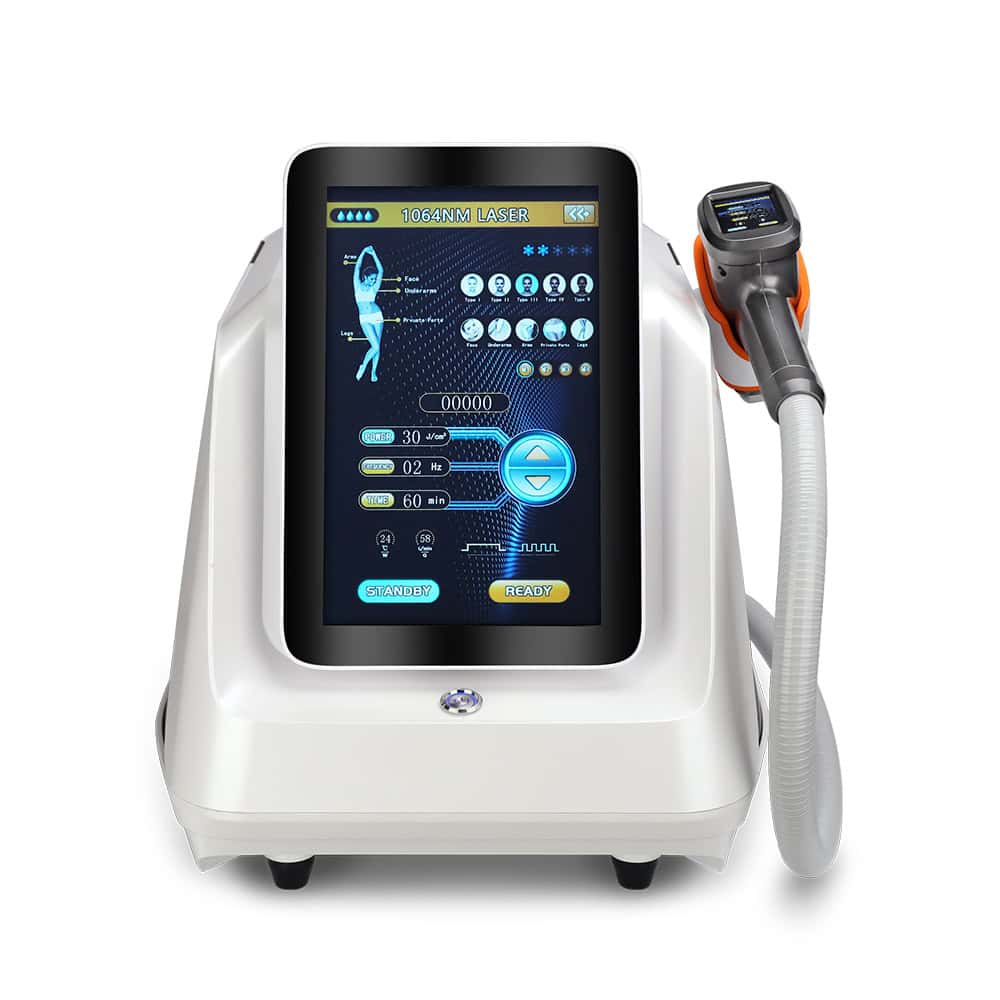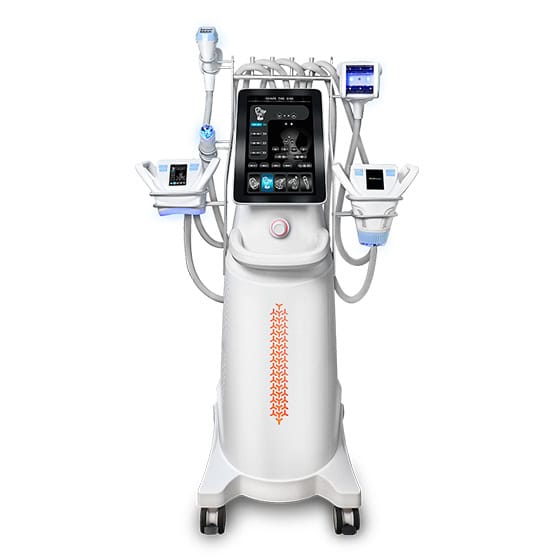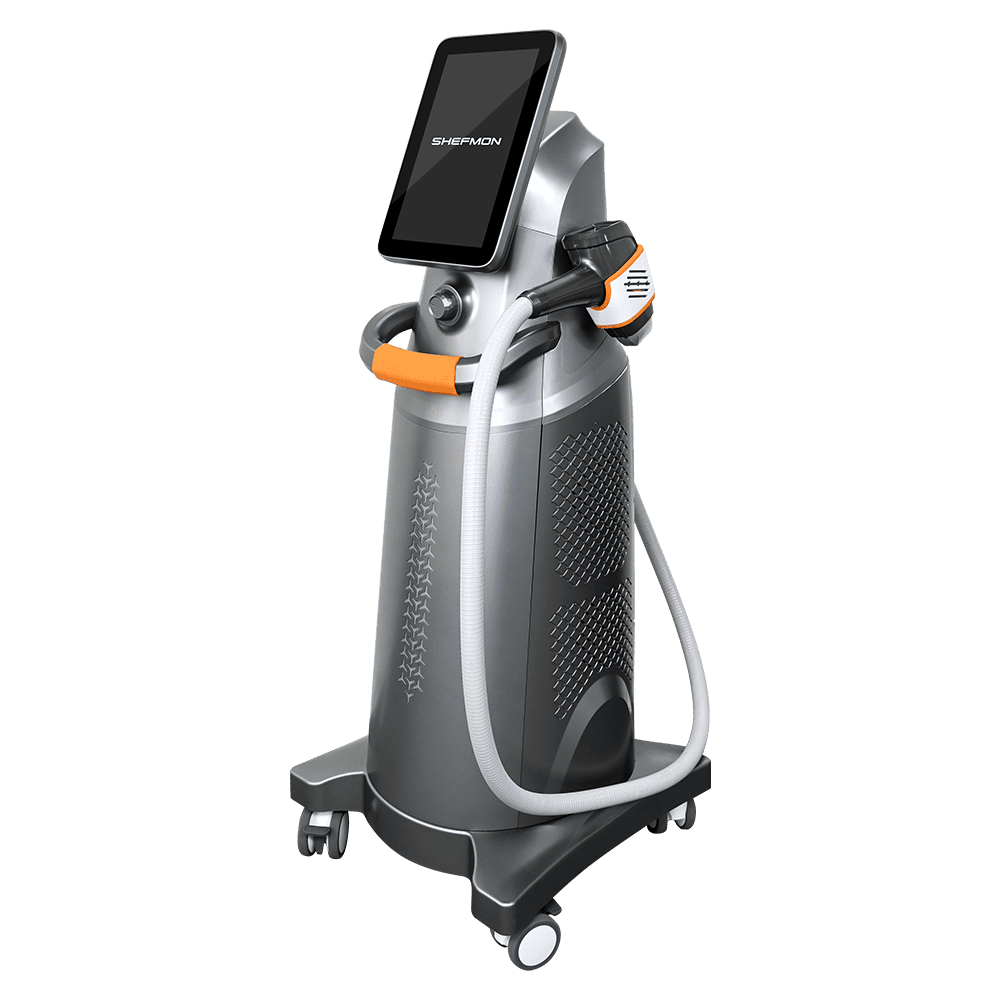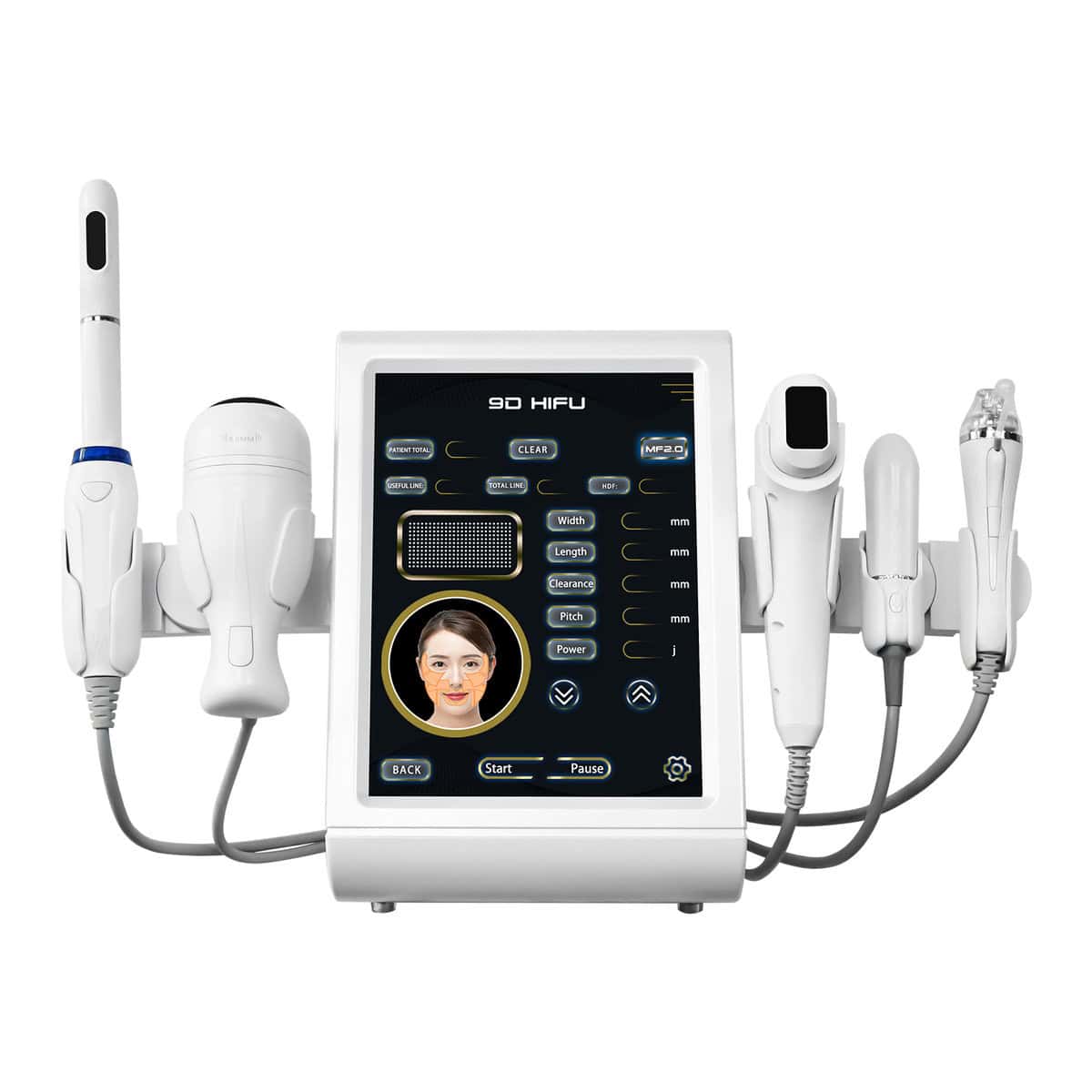Share optimized solutions, professional valve knowledge and industry news
Please enter the relevant terms or keywords you need to consult, and relevant articles will appear in the search results. If you can’t find the answer you need, please feel free to contact us and we will be happy to help. Or you can directly send an email to beauty@shefmon.com
Can Strengthening Pelvic Muscles Help Urinary Incontinence?
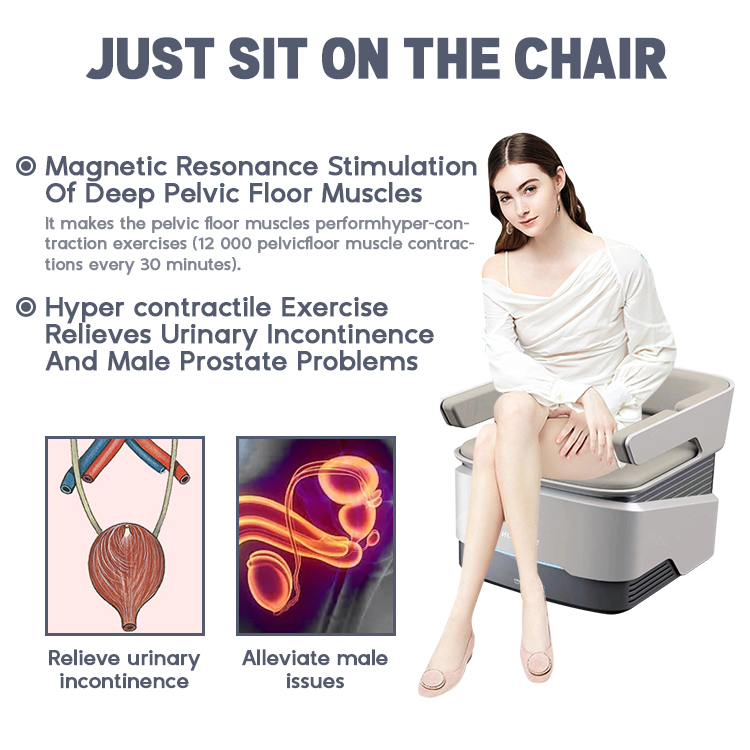
emsculpt machine for body emsculpting
Can Strengthening Pelvic Muscles Help Urinary Incontinence?
Introduction
Let’s be honest—urinary incontinence can be both frustrating and embarrassing. But the good news? You’re not alone, and there’s a simple, natural solution that works for many people: strengthening your pelvic floor muscles.
These muscles play a huge role in controlling your bladder. By training them properly, you can reduce or even eliminate urinary leakage altogether.
What Is Urinary Incontinence?
Urinary incontinence is the unintentional loss of urine. It can range from mild leaks when you sneeze or laugh to complete loss of bladder control.
Types of Urinary Incontinence
Stress incontinence: Leakage during coughing, sneezing, or exercising.
Urge incontinence: Sudden, strong need to urinate.
Overflow incontinence: Bladder doesn’t empty completely.
Mixed incontinence: A combination of stress and urge incontinence.
Common Causes
Pregnancy and childbirth
Aging and menopause
Weak pelvic floor muscles
Surgery or nerve damage
Obesity or chronic coughing
The Role of Pelvic Floor Muscles
What Are Pelvic Muscles?
Your pelvic floor muscles form a supportive “hammock” across your pelvis, holding your bladder, uterus (for women), and rectum in place.
How They Support Bladder Control
They work by contracting to prevent leakage and relaxing to allow urination. When these muscles weaken, urine control becomes difficult—leading to incontinence.
How Weak Pelvic Muscles Cause Urinary Incontinence
Weak pelvic muscles can’t support your bladder or urethra properly. This means any pressure from sneezing, laughing, or lifting something heavy may cause urine to escape.
How Strengthening Pelvic Muscles Helps Control Leakage
Improved Bladder Support
Stronger pelvic muscles provide better support to the bladder and urethra, reducing leakage incidents.
Enhanced Muscle Coordination
Training these muscles helps your body respond faster to bladder signals—keeping everything under control.
Effective Ways to Strengthen Pelvic Floor Muscles
1. Kegel Exercises
Kegels involve tightening and holding the pelvic muscles for a few seconds before releasing them. When done consistently, they can dramatically improve bladder control.
How to do Kegels:
Identify the right muscles (stop urination midstream).
Tighten and hold for 5 seconds, then relax for 5 seconds.
Repeat 10–15 times, three times a day.
2. Biofeedback Training
This method uses sensors to help you visualize muscle contractions, ensuring you’re working the correct muscles effectively.
3. EMS (Electromagnetic Stimulation) Therapy
EMS therapy uses electromagnetic waves to stimulate pelvic floor muscles automatically—no manual effort required!
Understanding EMS Therapy for Pelvic Strengthening
How EMS Works
EMS (Electromagnetic Muscle Stimulation) technology activates deep pelvic floor muscles using electromagnetic pulses. This causes thousands of muscle contractions in a single session—like doing 10,000 Kegels effortlessly.
Benefits of Electromagnetic Stimulation
Strengthens pelvic muscles faster
Non-invasive and painless
Improves bladder control and sexual health
Ideal for postpartum recovery or age-related muscle weakness
Best Devices for Pelvic Muscle Strengthening
Home Devices
There are small, portable EMS devices designed for home use. However, results may vary depending on the intensity and design.
Professional EMS Pelvic Floor Chairs
For more effective results, professional EMS chairs like the SHEFMON E0435 Women’s Postpartum Repair EMS Chair and E0436 Electromagnetic Pelvic Floor Rehabilitation Chair offer clinical-grade muscle training.
These chairs allow users to sit comfortably while electromagnetic pulses strengthen the entire pelvic floor—completely hands-free.
Clinical Studies on Pelvic Muscle Training
Research shows that pelvic floor training can reduce urinary leakage by up to 70% in women within just a few months. EMS-based treatments have also shown significant improvements in bladder control and muscle tone.
Who Can Benefit from Pelvic Muscle Strengthening
Women After Childbirth
Pregnancy stretches the pelvic muscles, making postpartum recovery essential.
Men with Post-Prostate Surgery
Men often experience leakage after prostate surgery—pelvic muscle training can help regain control.
Elderly Individuals
Aging naturally weakens muscles, including those in the pelvic floor.
How Long Does It Take to See Results?
With consistent training, you can notice improvements in as little as 4–6 weeks. EMS therapy, in particular, often provides faster results due to its intensity.
Common Mistakes When Doing Pelvic Floor Exercises
Holding your breath instead of breathing normally
Using abdominal or thigh muscles instead of pelvic ones
Inconsistent training routine
Expecting instant results
Lifestyle Tips to Support Bladder Health
Maintain a healthy weight
Avoid excessive caffeine and alcohol
Don’t “hold it in” for too long
Eat fiber-rich foods to prevent constipation
Do regular pelvic strengthening exercises
When to Seek Medical Help
If you experience severe or sudden incontinence, pain, or blood in urine, consult a healthcare provider. They may recommend specialized therapy or devices like EMS chairs for better recovery.
Conclusion
So, can strengthening pelvic muscles help urinary incontinence? Absolutely!
By improving the strength and coordination of your pelvic floor, you can restore bladder control, boost confidence, and improve quality of life. Whether through Kegel exercises or advanced EMS treatments, consistency is the key to success.
If you’re looking for a professional, non-invasive solution, try the SHEFMON EMS Pelvic Floor Chairs—trusted by clinics worldwide for effective pelvic muscle strengthening.
FAQs
1. How long should I use EMS pelvic chairs for results?
Most users see improvement after 6–8 sessions, with optimal results after 12 sessions.
2. Is EMS pelvic therapy painful?
Not at all! The treatment is non-invasive and feels like gentle muscle contractions.
3. Can men use EMS pelvic floor chairs?
Yes, they’re effective for both men and women dealing with incontinence or pelvic weakness.
4. Are Kegel exercises enough without EMS therapy?
They can help, but EMS enhances results by activating deeper muscles you can’t easily engage manually.
5. Can pelvic muscle training improve sexual health too?
Yes, stronger pelvic muscles can enhance sensation and overall sexual function.
-
 A0423 755/1064/810/940nm Diode Laser Hair Removal Beauty Machine
A0423 755/1064/810/940nm Diode Laser Hair Removal Beauty Machine
-
 B0156 5 In 1 Endos Velapro Shaper
B0156 5 In 1 Endos Velapro Shaper
-
 B0155 Desktop Endos Velapro
B0155 Desktop Endos Velapro
-
 A0426 755/1064/810/940nm Diode Laser Hair Removal Beauty Machine
A0426 755/1064/810/940nm Diode Laser Hair Removal Beauty Machine
-
 A0152 Desktop MMRF Deepth 8 Microneedling RF
A0152 Desktop MMRF Deepth 8 Microneedling RF
-
 A0157 MMRF Deepth 8 Microneedling RF
A0157 MMRF Deepth 8 Microneedling RF
-
 A0205 9D/7D Focused HIFU Machine 5 In 1
A0205 9D/7D Focused HIFU Machine 5 In 1
-
 A0204 9D/7D Focused HIFU Machine 5 In 1
A0204 9D/7D Focused HIFU Machine 5 In 1
-
 A0240 5 in 1 Emslim EMS Muscle Stimulation Teslasculpt Muscle Building
A0240 5 in 1 Emslim EMS Muscle Stimulation Teslasculpt Muscle Building
-
 A0272 5 in 1 Emsculpt NEO RF Emslim Slimming Machine
A0272 5 in 1 Emsculpt NEO RF Emslim Slimming Machine










